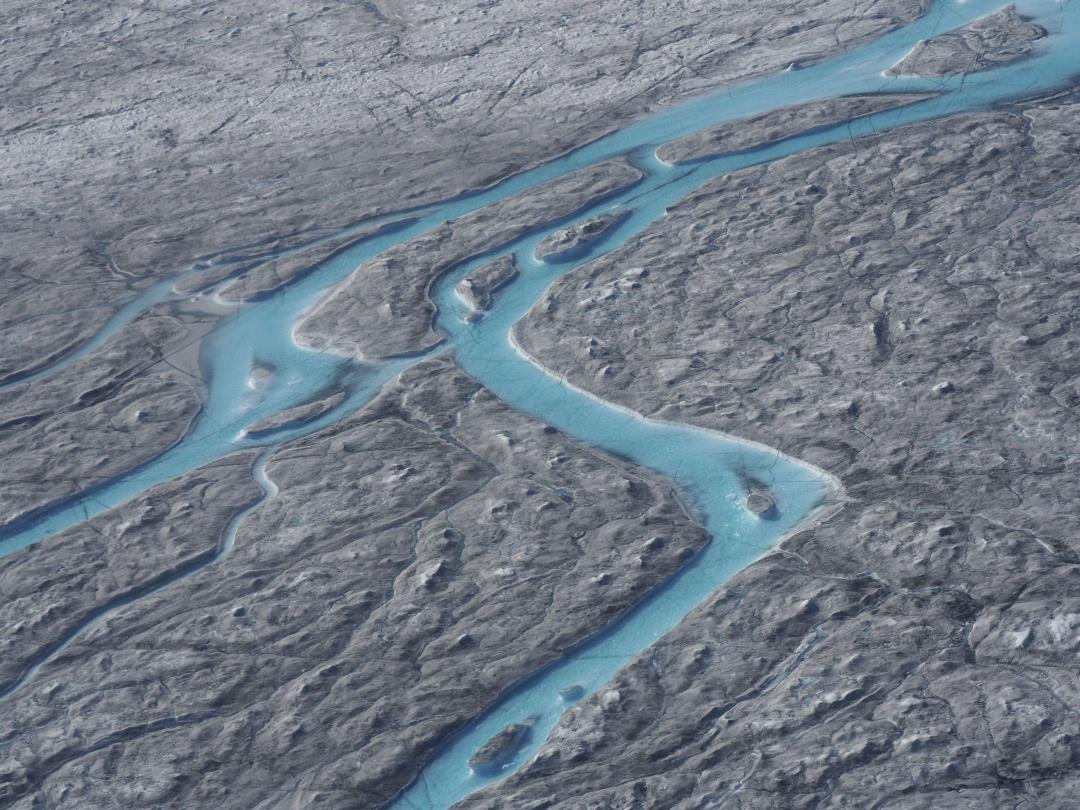There is promising news for the rapidly melting ice sheet of Greenland. According to a new study published in Nature, the ice sheet has the potential to rebound even if global temperatures exceed the goals set by the Paris Agreement. NPR reports on the findings, highlighting the ice sheet’s resilience and its ability to fully repair itself in the past. Lead author Nils Bochow states, “The Greenland ice sheet is more resilient than we thought.” However, the extent of this resilience depends on the magnitude of temperature rise and subsequent actions taken. According to Nature, 2023 temperatures are rapidly approaching the Paris climate goal of not exceeding a 3.6-degree Fahrenheit increase from pre-industrial times.
Even if global temperatures surpass the Paris Agreement goals in the coming century, there is still hope for the ice sheet to recover if conditions cool down rapidly within 100 to 200 years. Bochow explains, “If we can reduce temperatures within a certain timeframe, we can prevent this abrupt loss.” However, the specific temperature decrease required and the timeframe needed are still unknown. The current rate of melting is a result of past conditions, and if temperatures eventually cool down to the targets set by the Paris Agreement, the ice sheet could rebound as it has done in the past. However, this outcome remains uncertain.
Bochow emphasizes the urgency of taking action, stating, “It’s a race against time if we don’t act now. Waiting only makes the situation more challenging.” While the Greenland ice sheet has a chance of survival, the consequences of its melting will be devastating elsewhere. The Washington Post previously reported that a rise in sea levels by approximately one foot by 2050 could lead to “destructive” floods along coastlines, occurring five times more frequently. Currently, melting in Greenland contributes to 20% of the global increase in sea levels, and if the entire ice sheet melts, sea levels would rise by 20 feet. Ginny Catania, an expert on glaciers, raises the question of how humans will respond to this imminent challenge, emphasizing their role in shaping the future of the climate.


